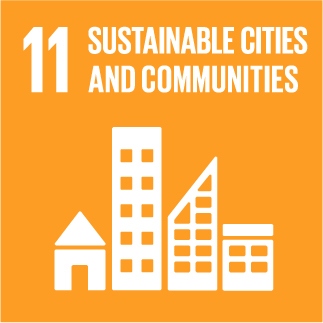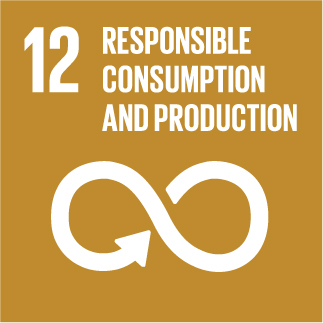URBANREC
Challenges Associated with Byproducts Valorization—Comparison Study of Safety Parameters of Ultrasonicated and Fermented Plant-Based Byproducts
In order to promote the efficient use of byproducts from the production of plant-based beverages, which still contain a large amount of nutritional and functional compounds, microbiological and chemical safety characteristics should be evaluated and, if needed, improved. Many challenges are associated with byproducts valorization, and the most important ones, which should be taken into account at the further steps of valorization, are biological and chemical safety. For safety improving, several technological treatments (biological, physical etc.) can be used. In this study, the influence of low-frequency ultrasonication (US) and fermentation with Lactobacillus casei LUHS210 strain, as physical and biotechnological treatments, on the safety characteristics of the byproducts (BYs) from the processing of rice, soy, almond, coconut, and oat drinks was compared. Ultrasonication, as well as fermentation, effectively improved the microbiological safety of BYs. Ultrasonication and fermentation reduced the concentration of deoxynivalenol, on average, by 24% only in soy BYs. After fermentation, 15-acetyldeoxynivalenol was formed in all samples (<12 µg kg−1), except for soy BYs. The lowest total biogenic amines content was found in fermented rice BYs and ultrasonicated coconut BYs. When comparing untreated and fermented BYs, significant changes in macro- and micro-elements content were found. Ultrasonication at 37 kHz did not significantly influence the concentrations of macro- and micro-elements, while fermentation affected most of the essential micro-elements. Consequently, while ultrasonication and fermentation can enhance the safety of BYs, the specific effects must be taken into account on biogenic amines, mycotoxins, and micro and macro elements.

» Author: Elena Bartkiene
» Reference: doi: 10.3390/foods9050614
» Publication Date: 11/05/2020
» More Information

This project has received funding from the European Union's Horizon 2020 research and innovation program under grant agreement Nº 690103




URBANREC Guidelines by URBANREC Consortium is licensed under a Creative Commons Reconocimiento-NonComercial-NoDerivatives 4.0 Internacional License.
Puede hallar permisos más allá de los concedidos con esta licencia en www.aimplas.net
